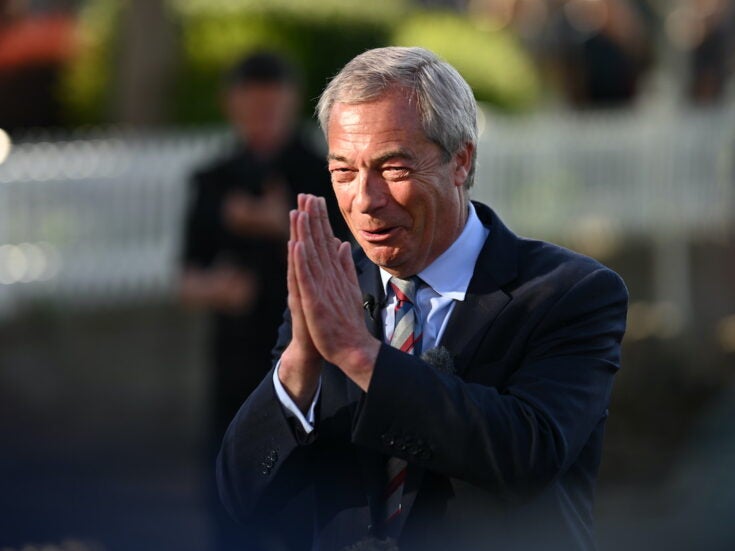
A recent HMRC ruling sheds light on the differences between tax evasion (illegal) and tax mitigation (legal), writes Jerry Jamieson
On 15 November 2019, the UK Upper Tribunal (Tax and Chancery Chamber) handed down its judgment in an appeal on behalf of a number of high-profile investors including Jimmy Carr and Wayne Rooney against a 2016 decision in which HMRC clawed back millions of pounds worth of tax profit generated by an investment scheme.
As reported by the BBC and others at the time, Harcourt Capital LLP raised £79m from 675 investors in 2011 which, alongside a £184m loan from an Austrian private bank, allowed them to build two data centres known as ‘Cobalt Data Centre 2’ and ‘Cobalt Data Centre 3’ in an ‘enterprise zone’ in Tyneside.
By building these two data centres within an enterprise zone, Harcourt Capital LLP and its investors became entitled to generous tax allowances tied to the expenditure in the enterprise zone – in this case, a full 50 per cent tax relief on the building costs of the data centres. Importantly, the 50 per cent tax relief was calculated on the full £263m cost of building the data centres, including the £184m of this being funded by the loan from an Austrian bank.
The scheme created tax reliefs of £131m which were shared between 675 investors. Ultimately, this meant that the average investor received £194,000 of tax relief despite only contributing £117,000. This tax relief could then be deducted from each of the investors’ future tax bills, netting a return on investment of over 65 per cent.
Too good to be true? In 2016 it appeared so. Despite no allegations by HMRC that the scheme constituted tax evasion or was illegal in any sense (and instead that, according to an HMRC spokesman, the scheme operated ‘within the letter – but not the spirit – of the law’ and was accordingly ‘morally reprehensible’), investors were ordered to repay the tax profit which they had received as a result of the scheme.
That was not the end of the story however: on 15 November 2019 the UK Upper Tribunal (Tax and Chancery Chamber) reversed the 2016 decision, finding that the scheme did qualify for full 50 per cent tax relief and that each of the investors was entitled in full to their initially envisaged tax profit.
Whilst this is undoubtedly good news for the 675 investors, they may wish to hold off on popping the champagne: HMRC were given leave to appeal, meaning that we may well see this case rear its head again in a higher court a couple of years down the line.
Can any lessons be taken from the above?
There is a difference between tax evasion (illegal) and tax mitigation (legal). As a rule of thumb, if a scheme looks too good to be true, then it probably is. Some feel that the concept of receiving more tax relief than the amount of money put into a scheme should have immediately rung alarm bells for the investors (or their tax advisors).
However, this recent decision shows that the relief claimed was appropriate. If HMRC appeals this decision and even if HMRC ultimately fails to reclaim the tax profit, the 675 investors will still have experienced worry and stress associated with extended litigation and the related uncertainty.
Jerry Jamieson works at boutique private client law firm Maurice Turnor Gardner LLP
Read more







